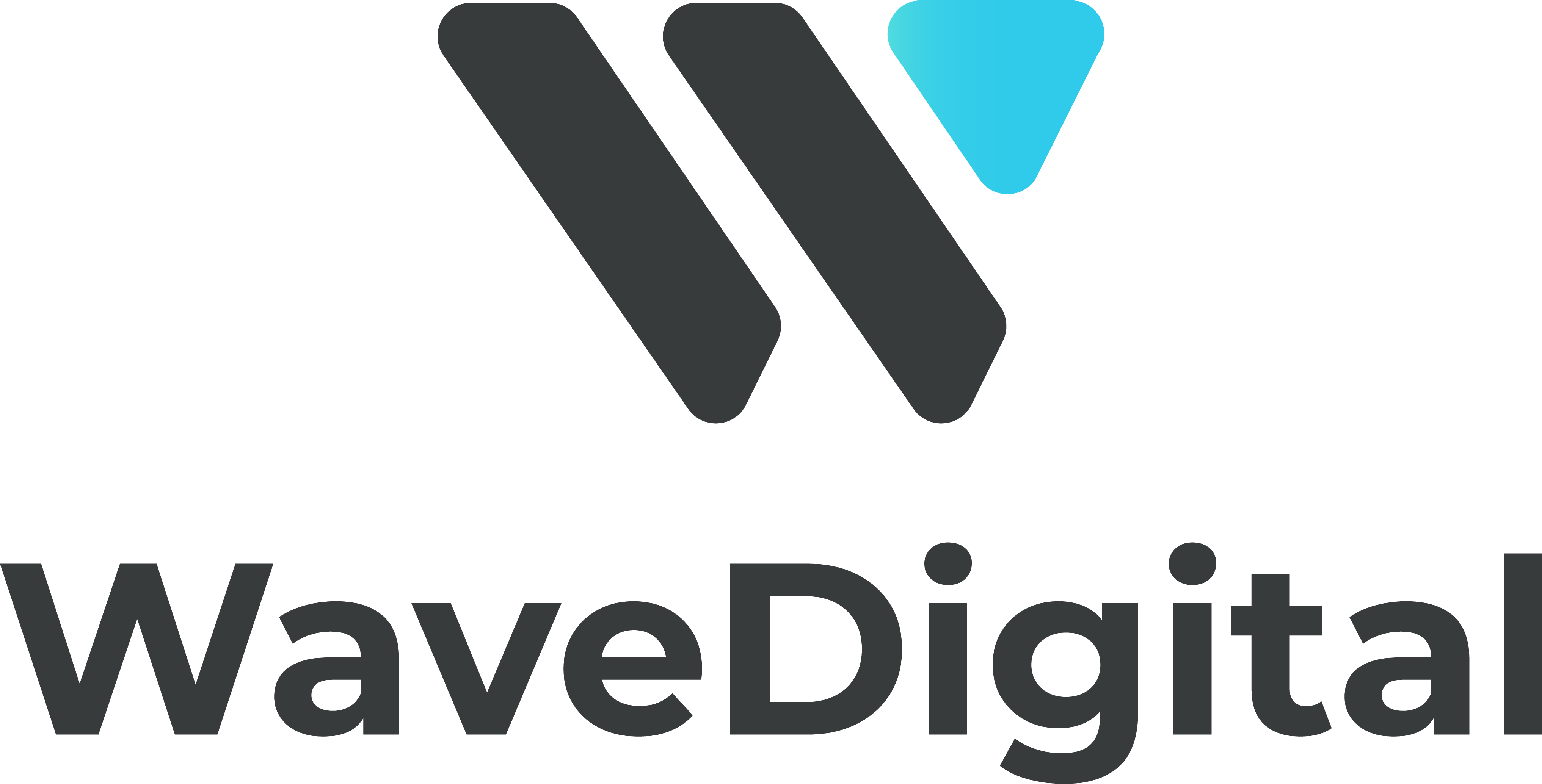Medical laboratory marketing has become mission-critical. Physician referrals and walk-ins still matter, but real growth now hinges on how well your lab shows up—and stands out—online. Whether you run a start-up diagnostics center or an established pathology lab, the right mix of clinical laboratory marketing tactics can boost visibility, build trust, and turn website visitors into loyal clients.
Below is a step-by-step playbook that weaves together medical laboratory website design, SEO, PPC, and reputation management—so you can stop wondering how to market a medical laboratory and start capturing measurable results.
1. Build on a Conversion-Ready Foundation: Medical Laboratory Website Design
Think of your website as the digital front door to your lab. If it loads slowly, looks dated, or buries critical information, prospects will bounce to a competitor in seconds.
Must-haves for modern medical laboratory website design:
- Clean, mobile-first layout with clear navigation to test menus, requisition forms, and insurance info.
- Online booking and secure patient portal to streamline orders and result retrieval.
- HIPAA-compliant contact forms and chat widgets to protect PHI while encouraging inquiries.
- Prominent calls-to-action (CTAs)—“Schedule Test,” “Download Requisition,” “Speak With a Sales Rep”—on every scroll depth.
- Schema markup for tests, FAQs, and reviews so search engines surface rich snippets (think star ratings, price ranges, and turnaround times).
With the right structure in place, your website becomes the hub that powers every other clinical laboratory marketing channel.
2. Rank Higher With Targeted SEO for Clinical Laboratory Marketing
Search remains the top discovery channel for healthcare decisions, so search-engine optimization is the backbone of any diagnostic lab marketing plan.
- Keyword Mapping – Embed service keywords (“PCR testing,” “histopathology,” “toxicology screens”) into page titles, H1s, and alt text.
- Local SEO – Claim and optimize Google Business and Bing Places profiles for each location; collect authentic reviews from physicians and patients.
- Technical Tune-Up – Pass Core Web Vitals, create an XML sitemap, and fix duplicate content (common on multi-location sites).
- Expert Content – Publish articles that answer physician queries (e.g., “Specimen requirements for endocrinology panels”)—then internally link them to your service pages.
- Authority Building – Earn backlinks from industry associations, medical journals, and regional hospital blogs to boost domain trust.
When executed together, these tactics elevate your pages for high-intent searches like “STAT chemistry lab Dallas” or “pathology lab marketing best practices,” drawing in decision-makers exactly when they need you.
3. Leverage PPC for Rapid Diagnostic Lab Marketing Wins
While SEO compounds over time, pay-per-click advertising delivers instant visibility. Here’s how to make every ad dollar count:
- Segmented Campaigns – Break out ad groups by test type (“COVID travel PCR,” “HbA1c,” “NIPT”) and geography to improve relevance.
- Compelling Ad Copy – Lead with differentiators: 24-hour results, courier pickup, CAP/CLIA accreditation.
- Conversion-Optimized Landing Pages – Mirror each ad’s promise on a dedicated page with one focused CTA.
- Call Tracking & Form Attribution – Capture the full patient or provider journey so you can double down on high-ROI keywords.
- A/B Testing – Iterate on headlines, images, and offers (e.g., discounted panels for new physician accounts).
Handled correctly, PPC becomes the diagnostic lab marketing engine that fills your pipeline while organic rankings mature.
4. Humanize Your Brand: Pathology Lab Marketing via Social & Reviews
Pathology and reference labs often struggle with anonymity—patients may never set foot on site. Social channels solve that by giving your brand a relatable voice.
- LinkedIn Thought Leadership – Share case studies, white papers, and turnaround benchmarks to attract clinician referrals.
- Instagram & Facebook – Post behind-the-scenes lab photos, team spotlights, and short explainer videos on test procedures.
- Review Generation Programs – Automate post-visit texts or emails requesting Google and Healthgrades reviews; respond to every review (positive or negative) within 24 hours.
- Community Engagement – Sponsor blood drives, health fairs, or CME webinars and amplify on social to build local goodwill.
A consistent presence positions your lab as both authoritative and approachable—key attributes patients and providers look for.
5. Putting It All Together: How to Market a Medical Laboratory in Six Steps

Audit your current digital footprint:
Identify gaps in design, SEO, and messaging.
Redesign or refresh your website:
To be fast, secure, and conversion-oriented.
Deploy foundational SEO:
Keyword mapping, technical fixes, and content that answers provider questions.
Launch targeted PPC campaigns:
For immediate lead flow and to test high-value keywords.
Activate social media & reputation management:
To build trust and authority.
Measure, analyze, optimize:
Use analytics dashboards to track calls, forms, and revenue so you can reinvest in the highest-performing tactics.
Follow this roadmap and your laboratory will gain the visibility, credibility, and patient engagement it needs. This will help your lab thrive in an increasingly digital healthcare landscape.
Ready to Elevate Your Lab?
WaveDigital specializes in medical laboratory marketing for clinical, diagnostic, and pathology labs across North America. From strategic website design to revenue-driving PPC and SEO, we have the tools—and the industry experience—to accelerate your growth.
Let’s talk. Book a free strategy call to see how our lab-specific marketing framework can fill your pipeline with high-quality patients and physician partners.

